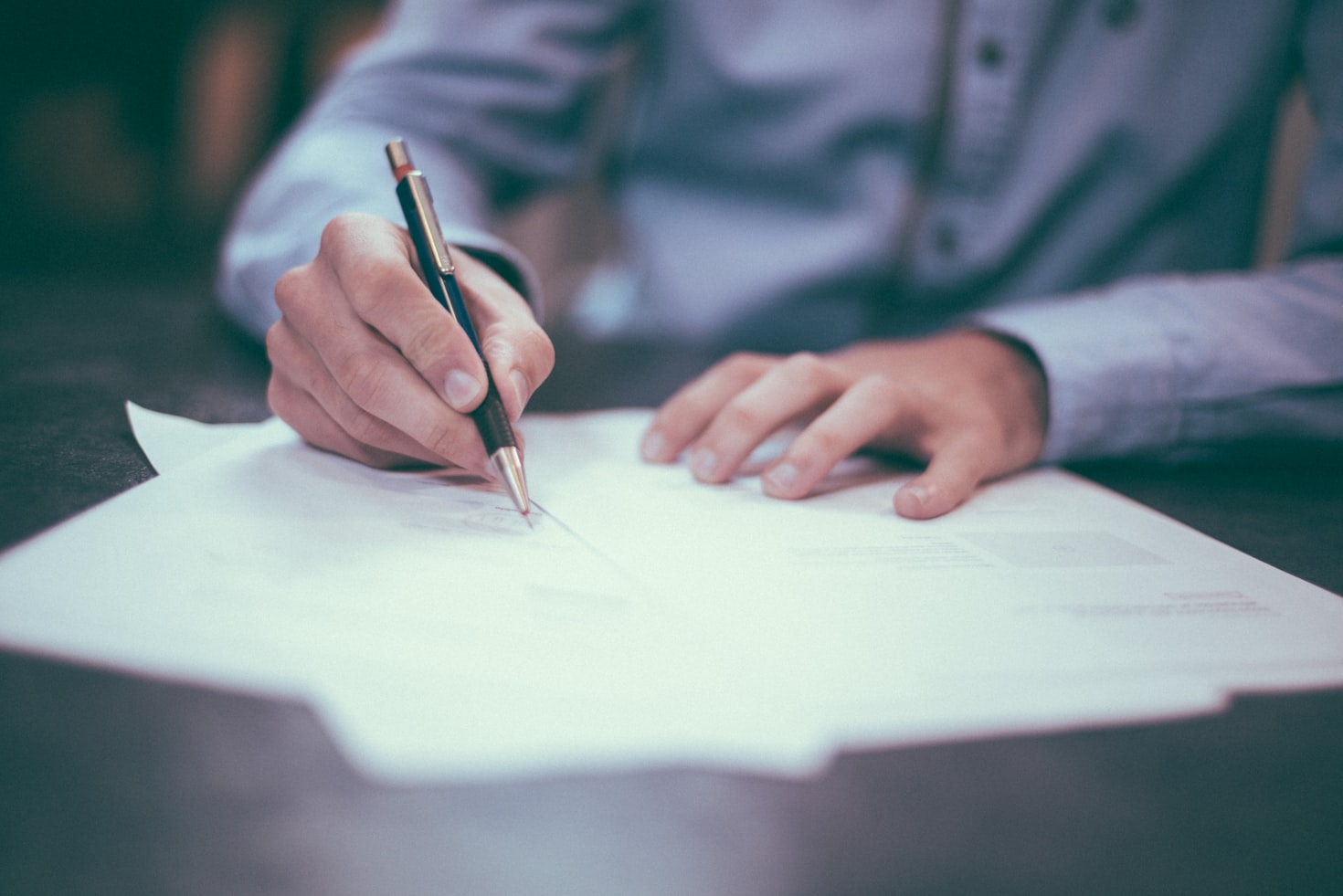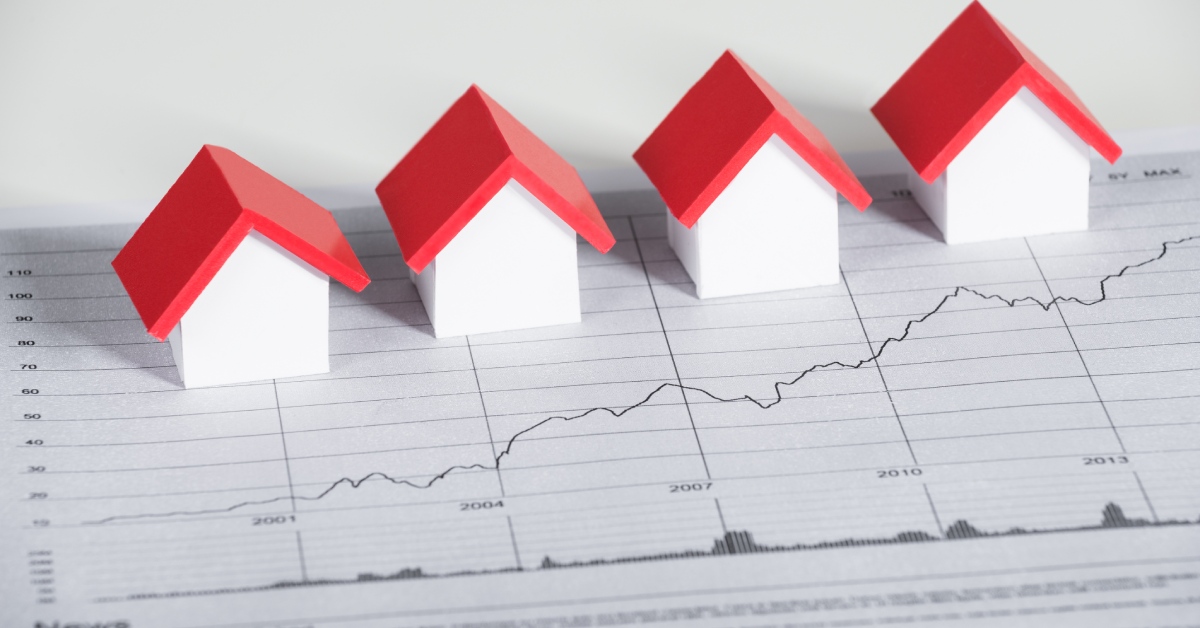The Hidden Costs of Rental Property Ownership

Many first-time rental property investors focus primarily on the purchase price and potential rental income, often overlooking the numerous hidden costs that can significantly impact profitability. These unexpected expenses can turn what appears to be a great investment into a financial burden if not properly accounted for.
1. Vacancy Costs
Even in strong rental markets, properties experience vacancies between tenants. Industry standards suggest budgeting for 5-10% vacancy rates, meaning your property might be empty for 2-4 weeks each year. During vacancies, you not only lose rental income but may also incur:
- Marketing and advertising costs to find new tenants
- Cleaning and maintenance between tenants
- Utility costs when the property is empty
- Potential renovation costs to attract better tenants
2. Maintenance and Repairs
While most investors budget for routine maintenance, unexpected repairs can quickly escalate costs. The 1% rule (setting aside 1% of the property value annually for maintenance) often proves inadequate for older properties or in high-cost areas.
Common Unexpected Maintenance Costs:
- Emergency plumbing issues ($500-$5,000+)
- HVAC system replacement ($4,000-$12,000)
- Roof repairs ($1,000-$15,000)
- Appliance replacements ($300-$3,000 per item)
- Pest control ($200-$1,000 annually)
3. Property Management Fees
While self-managing can save money, professional management typically costs 8-12% of monthly rent plus additional fees for:
Leasing Fees
Often 50-100% of one month's rent when placing a new tenant, charged even if you find the tenant yourself in some cases.
Additional Fees
Some companies charge extra for maintenance coordination, lease renewals, or even administrative tasks like sending out late notices.
4. Capital Expenditures (CapEx)
Unlike routine maintenance, capital expenditures are major improvements that extend the life of the property. These are often overlooked in initial calculations but can significantly impact long-term profitability.
| Item | Lifespan | Replacement Cost |
|---|---|---|
| Roof | 20-30 years | $5,000-$20,000 |
| HVAC System | 10-15 years | $4,000-$12,000 |
| Water Heater | 8-12 years | $800-$2,000 |
| Flooring | 7-15 years | $3,000-$10,000 |
5. Legal and Administrative Costs
Rental properties come with various legal requirements that can generate unexpected expenses:
- Eviction costs ($500-$5,000 depending on complexity)
- Lease preparation and legal review
- Local landlord licensing fees
- Compliance with new rental regulations
- Security deposit disputes
6. Turnover Costs
Tenant turnover is inevitable and often more expensive than anticipated. A typical turnover might include:
- Painting ($1,000-$3,000)
- Deep cleaning ($200-$500)
- Carpet cleaning/replacement ($300-$2,000)
- Minor repairs and touch-ups
- Landscaping refresh
- Lock rekeying ($100-$300)
7. Insurance Premiums
Landlord insurance typically costs about 25% more than standard homeowners insurance. Additional coverage like flood insurance or umbrella policies can further increase costs.
8. Utility Costs
Even when tenants pay utilities, there are often periods when the landlord must cover these costs:
- During vacancies
- Common area utilities in multi-family properties
- Water/sewer bills that tenants don't pay directly
- Winterization costs in cold climates
Pro Tip: Create a detailed expense spreadsheet before purchasing any rental property. Track both fixed costs (like insurance and taxes) and variable costs (like maintenance and vacancies) to get a realistic picture of potential cash flow.
By accounting for these hidden costs upfront, you can make more informed investment decisions and avoid unpleasant financial surprises. The most successful landlords budget conservatively, maintain adequate reserves (at least 6 months of expenses), and continuously educate themselves about the true costs of property ownership.





